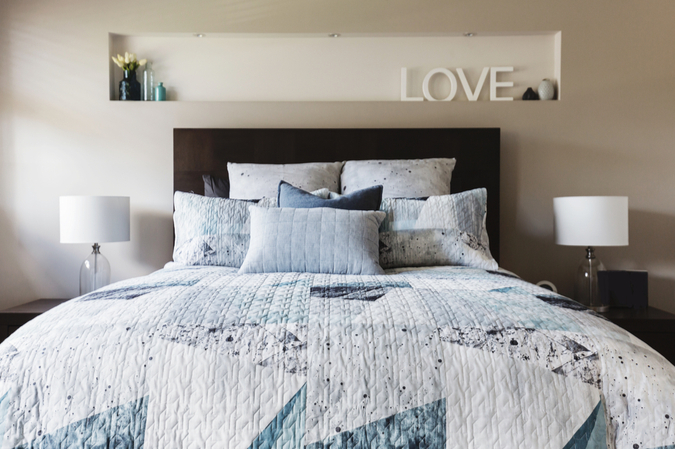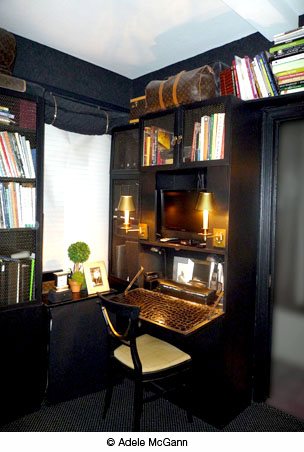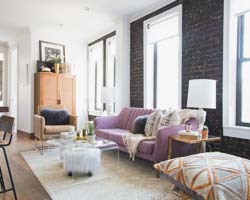A professional interior designer understands that high-quality design is about more than just the way things look- it’s also about practicality and function. If you really want to provide a great design service to your clients, you need to keep in mind that these spaces aren’t just meant to look beautiful- they need to be lived in and enjoyed.
One of the biggest things you’ll learn when studying professional interior design is that many untrained decorators struggle with things like layout. What winds up happening as a result of this, is that they often create spaces that have all the elements of a great design- a wonderful color scheme, thoughtfully selected furniture and corresponding decor- but these elements are impractically arranged in a way that doesn’t best suit the flow and feng shui of the space. With practice, you’ll be able to identify the best way to layout a floor plan in order to foster a livable, comfortable space for your clients to spend their days.
When it comes to designing a bedroom, especially one for adult clients, one of the best ways you can curate a more functional space is by creating one that fosters an environment for relaxation and rest. Surprisingly enough, there are actually some techniques you can try out in your bedroom designs that are reported to encourage a deeper, sounder sleep.
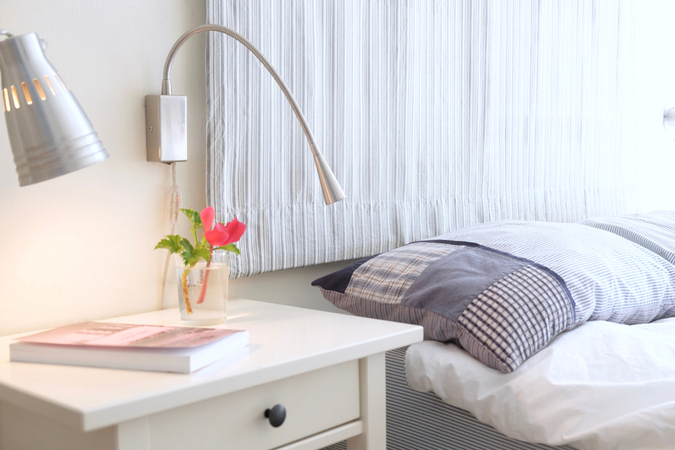
Eliminate Clutter
Clutter is distracting and stands in the way of a space in which people can truly relax. If you’re designing a room for parents for example, these clients are sure to feel less zen if they put the kids to bed then walk into a master bedroom filled with: stacks of paperwork, unpaid bills, dirty coffee mugs, you name it. Sometimes life gets in the way of a clean home and we understand that, but as a designer, you can easily provide your clients with a space in which clutter is much less likely to take over.
Most importantly, if your clients struggle to stay clean, make sure to incorporate lots of easily accessible storage spaces dedicated to specific things. If you notice their current nightstand is covered with paperwork for example, consider replacing that nightstand and opt for one with a large drawer. That way, your clients can still keep their paperwork in a place they’re used to, but it can be ‘put away’ - rather than sitting out in plain sight.
To be sure your clients won’t fall back into bad habits and the nightstand top won’t soon be taken over by junk- use it as a space for something different. Try a vase of faux flowers, a candle with relaxing scent, or some framed photos.
Don’t Overcomplicate
Keeping the goal of relaxation and rest in mind, avoiding a ton of fussy details in the master bedroom is another trick designers recommend for keeping things peaceful, comfortable and zen. While sequined pillows might look fun and trendy in the showroom, in practice they’re uncomfortable and scratchy.
When making choices in terms of bedding, always opt for simplicity and comfort- think cotton sheets and a soft down comforter. Beyond that, make a point to choose natural fibers that are more breathable in place of synthetics, which are suggested to hamper a more comfortable, healthy sleep. Higher thread count doesn’t necessarily mean a more luxurious sleep if your clients are stifled under synthetics.
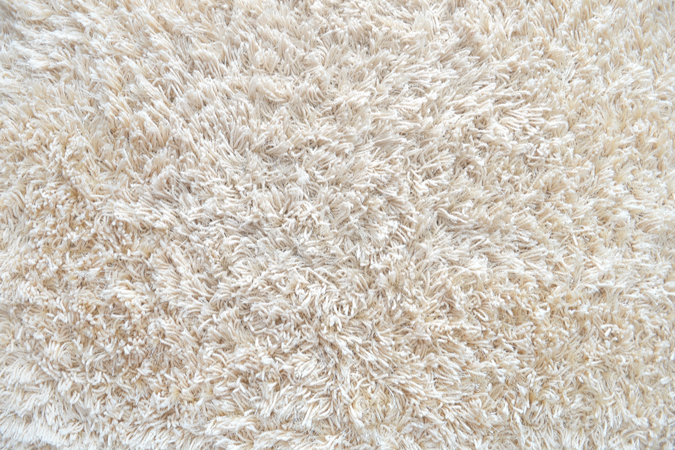
Make Thoughtful Flooring Choices
When it comes to flooring in the master bedroom, you should have an honest conversation with your clients regarding allergies and upkeep. While carpeting is arguably the better pick for bedrooms- it feels soft on the feet, it can help muffle sounds and keep things more quiet- it’s much more difficult to keep dust free. So if your clients struggle with allergies or they don’t honestly think they’ll have time to vacuum at least once a week, you’re better off opting for hardwood - maybe compromise with an area rug.
Learn More About Interior Design
As you continue to study interior design, you’ll discover plenty of ways to inform your decorating choices while keeping functionality and livability in mind. From the furniture layout and decor choices to the color schemes and fabric selections, there are plenty of small hacks worth discovering that will go a long way in providing your clients with a more comfortable, practical place to live. To learn more about interior design throughout the entire home, click here to check out the New York Institute of Art and Design’s online course.

